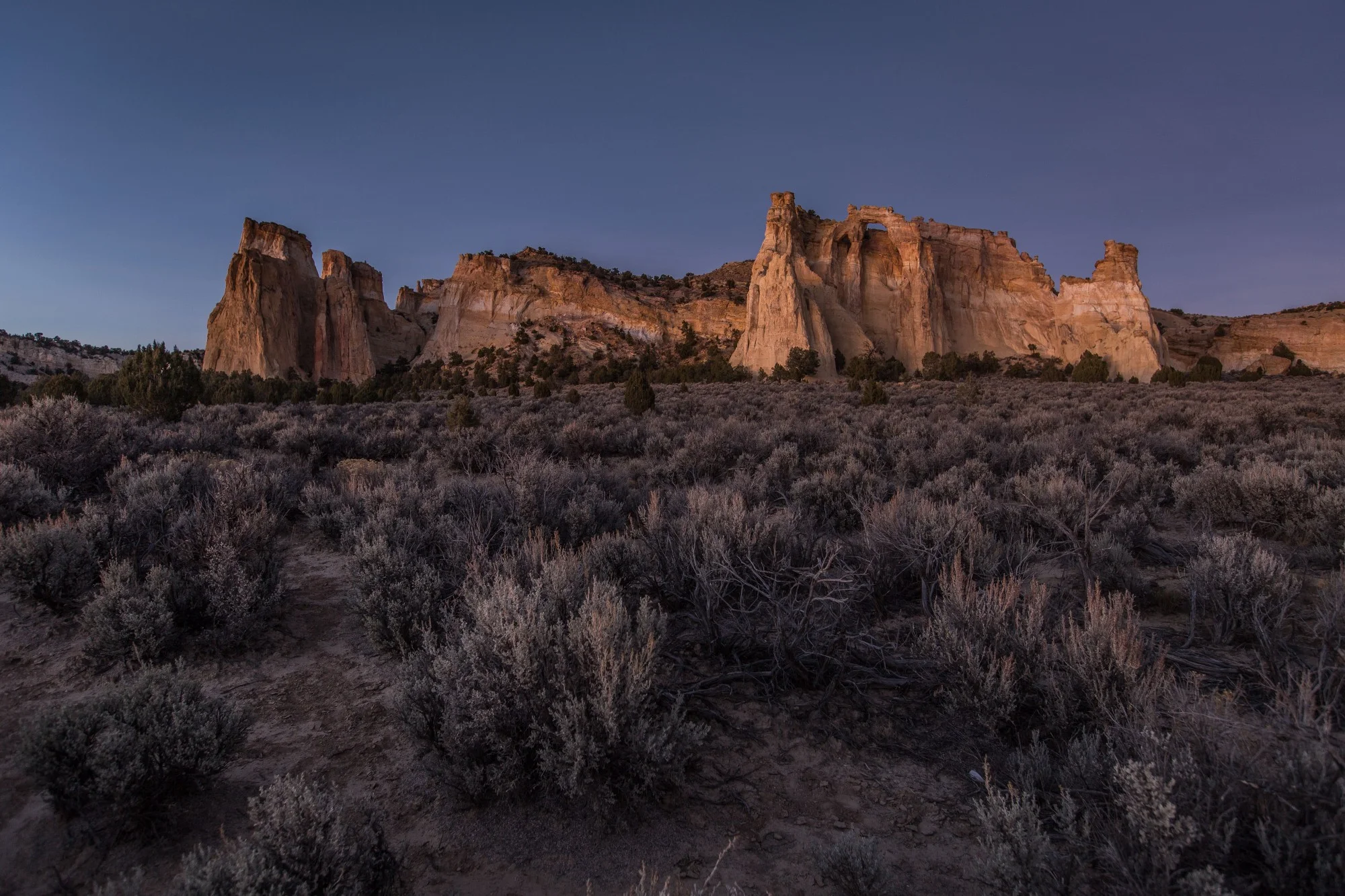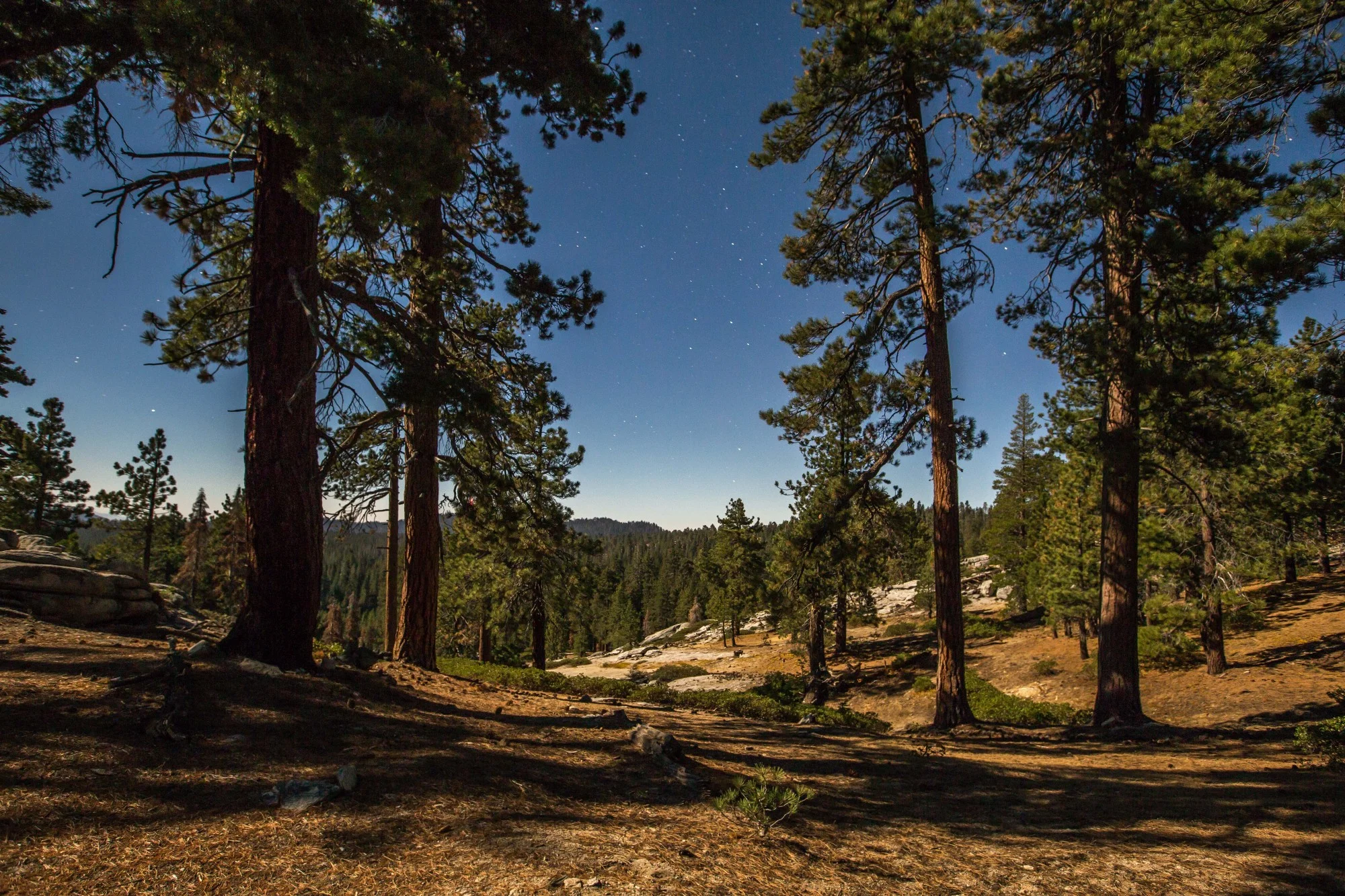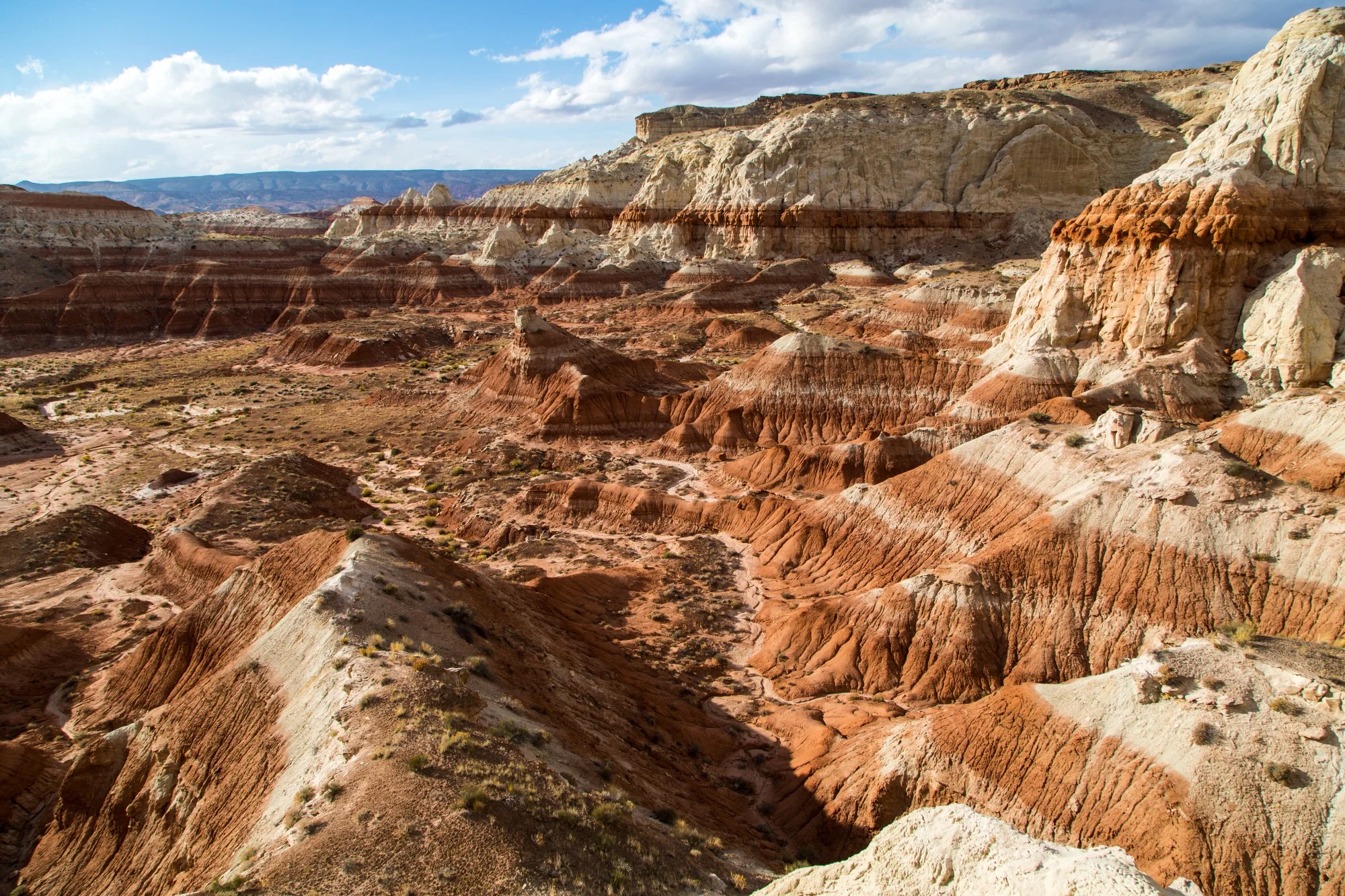ORGAN MOUNTAINS - DESERT PEAKS NATIONAL MONUMENT: A Local Perspective
Text: Andreea Lotak; Photos: Justin & Andreea Lotak · 7 min read
Horned lizard in the Desert Peaks section of the Organ Mountains Desert Peaks National Monument
The Organ Mountains - Desert Peaks National Monument is a crossroads of history, geology and biodiversity that tells stories of volcanic eruptions, Native peoples, European settlers, famous bandits and rare desert plant life. It’s split in three large units and a fourth smaller one, surrounding the city of Las Cruces. Beyond it, the urban sprawl expands down to El Paso, TX. This national monument was created in 2014 by President Obama, and because of its almost 500,000 acres in size, it came under review by Secretary of Interior Zinke this past April.
Organ Mountains - Desert Peaks was the first national monument we visited when we started the road trip out west in August. We drove nine hours to get to the southern portion of it, the Kilbourne Hole, where we caught the first of a series of sunsets in the southwestern desert. The following day we were going to learn during an interview with the owner of Southwest Expeditions, David Crider, that Kilbourne Hole was used by NASA to train pilots for the Apollo missions. In this vast desert region there are vestiges of World War II as well, targets for aerial bombing practice. “You have these giant circles in the desert with different shapes in them: one looks like a giant carrier and the pilots would train to bombard them. The targets are still out there, and one of the targets intersects a historic stagecoach trail. There’s several stagecoach stops out there where you can actually walk the trails”, David tells us. He has a lot of passion for the region and plenty of in-depth knowledge. “There’s so much history within the monument. Depending on what history you’re interested in, you’ll find something here. There’s dinosaur tracks. This used to be an ocean, and along the Robledo mountains there are many dinosaur tracks.” As we talk to David, he unveils more of the complex history discovered within the monument. Its routes, petroglyphs, artifacts, and sites start 10,000 years ago and pass through the centuries of the Camino Real and the Santa Fe Trail, the Civil War and the stagecoach era, all the way to modern times. Today, ranchers still raise their cattle within the monument and visitors gaze at the natural beauty and cultural importance contained within the 500,000 acres.
Kilborne hole national Natural landmark
Behind the yucca trees lies the huge Kilbourne Hole, a maar volcanic crater. This is basically created as a result of an explosion from steam pressure. When water below the surface is overheated by magma it creates enough steam and pressure that the earth eventually collapses to form a crater after a massive explosion.
“These places aren’t just land set aside for conservation. They are wildlife migration corridors. We need these wildlife corridors to just maintain what we have, not even to grow their numbers. So, when everyone says: ‘Well, it’s such a big monument!’; well… there’s just so much out there”, continues David once we get into the more political side of the conversation. Organ Mountains - Desert Peaks has had a fair share of opposition in the region, mainly from the ranchers afraid that they would lose their rights and unhappy with the federal government creating a large conservation area. “They feel that this monument is going to take away their grazing rights and access to their land. It’s been going on for three years. This monument has been around for three years and none of that has happened, but they’re still protesting it. I think it’s a lot of just distrust for the government in general, and knowing that when the government comes in sometimes they’re heavy-handed. But I try to tell these guys: ‘Look, the government - even if this land loses its status as a monument it will still be BLM, federal land. But it opens it up to where they can lease it for fracking, or they can lease it for mining. Sometimes the ranchers say: ‘They’ve got the law backwards, they went out and designated the national monument, and then they found the items in it to justify protection.’ That’s not the way it went. There were archeologists out there from various universities, plenty of field trips and work for decades documenting everything that’s in the area: bombing targets, stagecoach routes, petroglyphs, sites that haven’t been opened yet, old farm houses from the 1800s, the Apache trails, a plethora of artifacts and sites. Everybody knows what’s gonna happen without protection. El Paso is growing, it’s huge now and it’s expanding every way it can. This growth is looking to come up the valley and continue up here. In this area we’ve already had huge solar farms coming in, as well as wind farms. Everybody is looking to get something out of this area, and if the land is not protected we’re gonna lose it. We’re gonna lose it big time”.
From Las Cruces one can see the impressively jagged silhouette of the Organ Mountains from almost every point, rising behind the city. The natural beauty of these mountains reassured people that at least that section won’t lose its status as a national monument. However, the more remote Desert Peaks area and the Kilbourne Hole were both open for debate. When we hiked in the Desert Peaks we found ourselves surrounded by a verdant desert brought to life by recent rains. Within a few hours we spotted so many lizards we lost track counting. Wildflowers and cacti of all sorts brought color to the landscape. It made us think that we often protect what we perceive as obviously beautiful. We have created a network of unconnected protected areas: mostly beautiful mountain ranges that take our breath away. We forced all biodiversity to live within the confines of these “islands” which we deemed worthy of keeping wild. The wildness of the Desert Peaks and of Kilbourne Hole overwhelmed us more than the incredible beauty of the Organ Mountains. Yet, at the time when we were visiting, residents in Las Cruces and grassroots organizations were preparing for the worst case scenario for these two areas.
Since the monument was created in 2014, visitation to Las Cruces increased by 102%. We met Dave for the interview at their new location downtown, inside the old courthouse. The formerly abandoned building will soon receive a major investment to reopen as a hotel and conference center, with a tour operator on site. That tour operator will be Southwest Expeditions, Dave’s business. “The whole idea of putting up this hotel and conference center here was to take advantage of the monument to bring people in. There are three aspects to consider when a business is looking to come to town and make a decision to invest: if there’s enough workforce, if there’s enough infrastructure, and if there’s quality of life for employees and owners. If you don’t have those three, it’s hard for companies to invest millions of dollars to move here. They have to be able to say ‘Look at what’s to do here’ in order to attract talent. And being surrounded by a national monument with biking, hiking, kayaking, birding, anything you want, is important. Big dollars that make these decisions look at these things. Then there are guys like me that have a couple employees, and part-timers, and guides, who have the chance to make it a full-time business. I’ve been doing it part-time for four years now, keeping a full-time job and doing this over the weekend. This is the first year we’ve taken this up a notch and turned into a real operation. That’s what we’re in the process of doing now, we’re adding tours. But it’s because of the monument that we can do it. I’ve seen a big increase in my business: I’d say a 30%-40%, which is…I’ll take that any day (laughs). And it’s because of the monument status. You guys know because you’re visiting them: when one hears the word ‘monument’ the advertising potential goes up, the merchandising picks up, all the little things.”
The impressive Organ Mountains seen on our way to the Dripping Springs campground within the monument
Dave is not the only business owner supporting the national monument. There is an organization in Las Cruces, The Green Chamber of Commerce, uniting local businesses that are seeing a powerful ally for their growth in this conservation area designated in their backyard. Losing the momentum gained from increased visitation can mean for some having to close down. The economic arguments brought up by Secretary Zinke in the review don’t seem to account for the opportunities lost if these monuments disappear or open up for mining. And they seem to be shortsighted when it comes to the huge recreation and outdoor market on which many businesses thrive. Also, an overwhelming majority of the residents and city officials want this monument too. Since it was designated, Las Cruces has been hosting a week-long event called “Monuments to Main Street”, where groups like the Friends of the Organ Mountains-Desert Peaks take people out on hikes, local artists open up their stores to visitors, and music and beer flow in celebration of these protected public lands and of the cultural heritage of southern New Mexico.
“There’s an area called Sylva Canyon. That’s where we took Secretary Zinke on a hike with some twenty veterans. They were Navy seals, rangers, marines who are supporting the monument. They picked Zinke’s ear about saving the monument. We had set up a camp with a tent and food. They did a two-mile hike through the canyon and we met him down there. He still remained very neutral, he wasn’t one way or another. Every other step somebody was talking about reasons to preserve the monument (laughs). We hope it made a difference after all”, added Dave. Luckily, it seems like it might have. When the letter to President Trump leaked, it was revealed that Secretary Zinke hadn’t made any recommendations to cut away sections or remove the protected status of the Organ Mountains - Desert Peaks National Monument. Supporters in Las Cruces and the Doña Ana county sighed with relief. It's unclear for now what the effects will be following the few recommendations regarding changes in the current management plan.

















To date, President Joe Biden has designated five national monuments since coming to office in 2021. Here we take a look at four of those five national monuments that had a land conservation element, and what might be on the slate before the end of his first term.